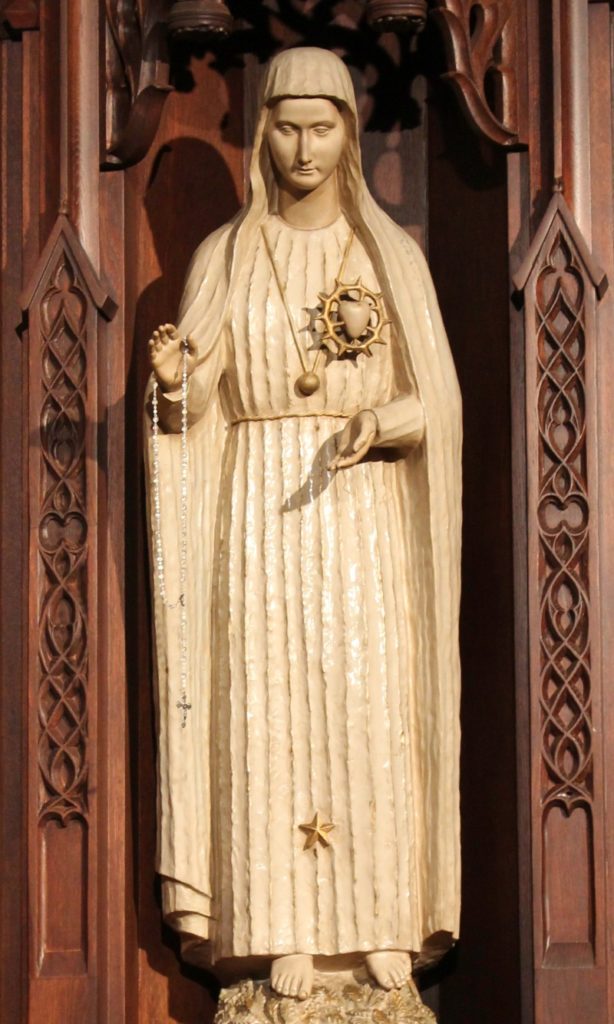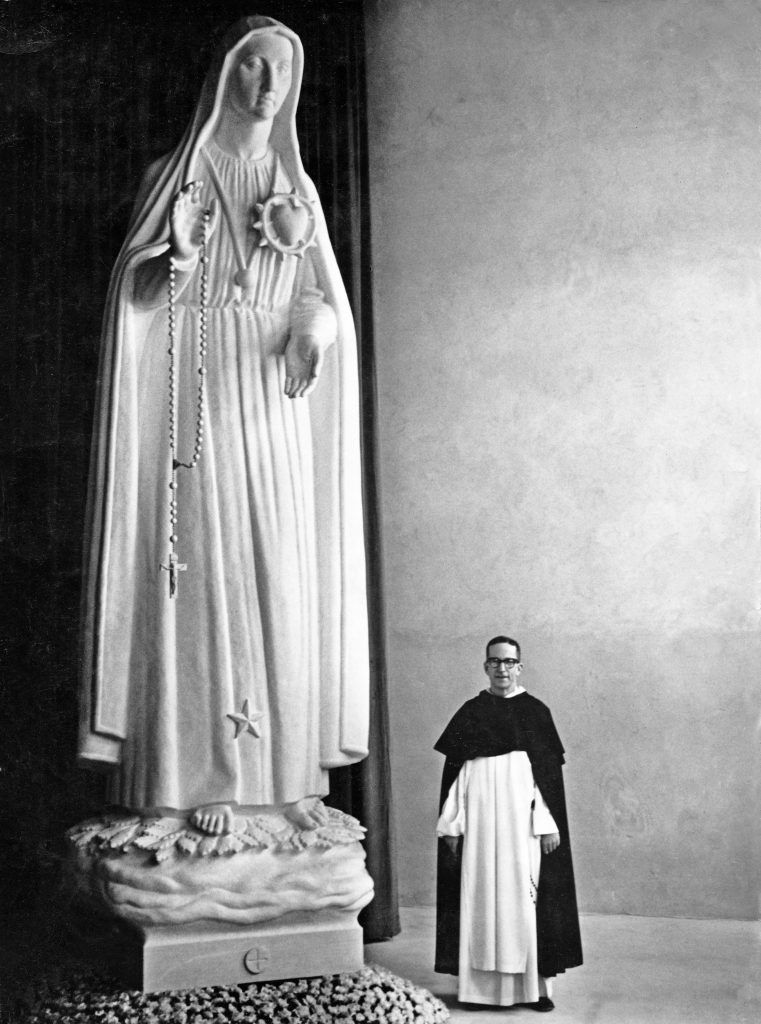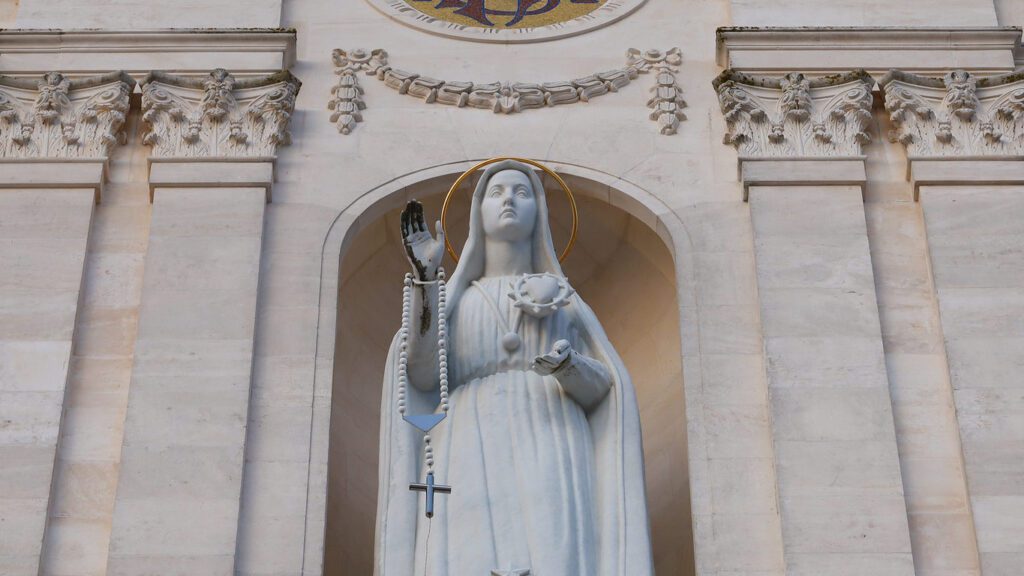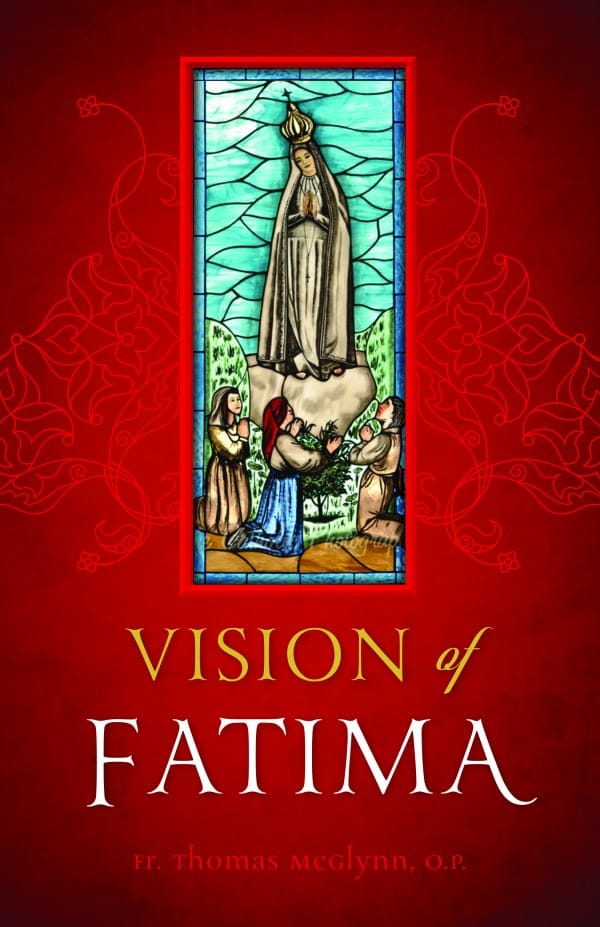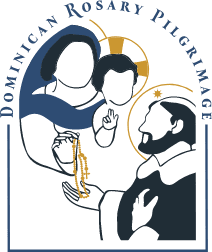Man is a pilgrim animal. Planted upon earth but destined for heaven, he must chart a path of peace through a perilous world. Classic Catholic devotion has long provided for man’s pilgrim needs by means of pilgrimage itself. What better way, really, to remind ourselves that we are pilgrims—to wrest ourselves free of contemporary comforts and rise to things eternal—than to do the very thing that we are: to make pilgrimage to a holy shrine, a prelude to the heavenly home prepared for us in the Father’s house.
This pilgrim practice has for its exemplar none less than God himself. Christ is the pilgrim par excellence. Son of God, he “came down from heaven.” He pilgrimed his way into and out of Egypt, then in and around Judea and Galilee and even into Samaria, and then—at last—Christ resolutely determined to journey to Jerusalem (Luke 9:51) to offer his life on Calvary. Risen from the grave, he ascended to heaven so that we “might be confident of following where he, our Head and Founder, has gone before” (Preface I for the Ascension).
If pilgrimage is a work of prayer—a lifting of the mind and heart to God through the pilgrim’s arduous travels—there is indeed a prayer properly suited to our pilgrim state. It is both spiritual and material, devotional and contemplative, repetitive and diverse, flexibly long or short. It is the Rosary.
The Rosary lifts our feeble minds and stony hearts, through the medium of beads, to ponder Christ’s own pilgrimage, by which he purchased our heavenly home. Looking upon his joys and lights, sorrows and glories, we see our own in his saving mysteries. There is no situation in life unaccounted for by the Rosary because there is no situation in life unaccounted for by Christ and his grace, given in plenitude to his Blessed Mother. Through his merits and hers, that grace overflows to us, who are now made truly capable of imitating what this blessed prayer contains and so obtaining its promises.
If man is a pilgrim animal, and the Rosary is the paradigmatic pilgrim prayer, it is only right and just to unite the two. Thus, the 2023 Dominican Rosary Pilgrimage. A new initiative of the Dominican Friars of the Province of St. Joseph, the pilgrimage kicks off on January 30 with a nine-month novena to Our Lady. It culminates on September 30—the eve of Rosary Sunday—in our nation’s capital with a full-day, national event at the Basilica of the National Shrine of the Immaculate Conception, located next to the campus of the Catholic University of America.
It is a thoroughly national affair to honor the Queen whose Son, the King of all nations, desires to bring all unto salvation. It is also a thoroughly Dominican affair, uniting America’s friars, numerous monasteries of cloistered nuns, thousands of apostolic sisters, and myriad parishes, apostolates, Lay Dominican chapters, and Rosary confraternities in prayer, preaching, and pilgrimage unto the praise of God and the salvation of souls. Simply, if you love Christ and his Mother—and the prayer of them both—this pilgrimage is for you.
How does one get involved? First, sign up to join in the monthly novena prayer, offered on the thirtieth day of each month from January 30 to September 30. Second, share the novena and its prayer cards with others. And third, inasmuch as you are able, make plans to join us for the main event in Washington, DC on September 30. It promises to be a day full of grace, drawing all who partake of it in any way yet closer to the One seated upon the throne of grace (Heb 4:16) and the crowned Lady (Rev 12:1) who stands at his side.
Photo by Fr. Lawrence Lew, O.P. (used with permission)

This article was originally published in the dominicanajournal.org and was written by Br. Charles Marie Rooney. Br. Charles entered the Order of Preachers in 2017. Raised in Darien, CT, he graduated from Duke University in 2016, where he completed a Program II major entitled “Markets, Society, and Personalism.” He then earned an M.A. in Philosophy at Maynooth University, Ireland in 2017, writing his thesis on Thomistic Personalism.
